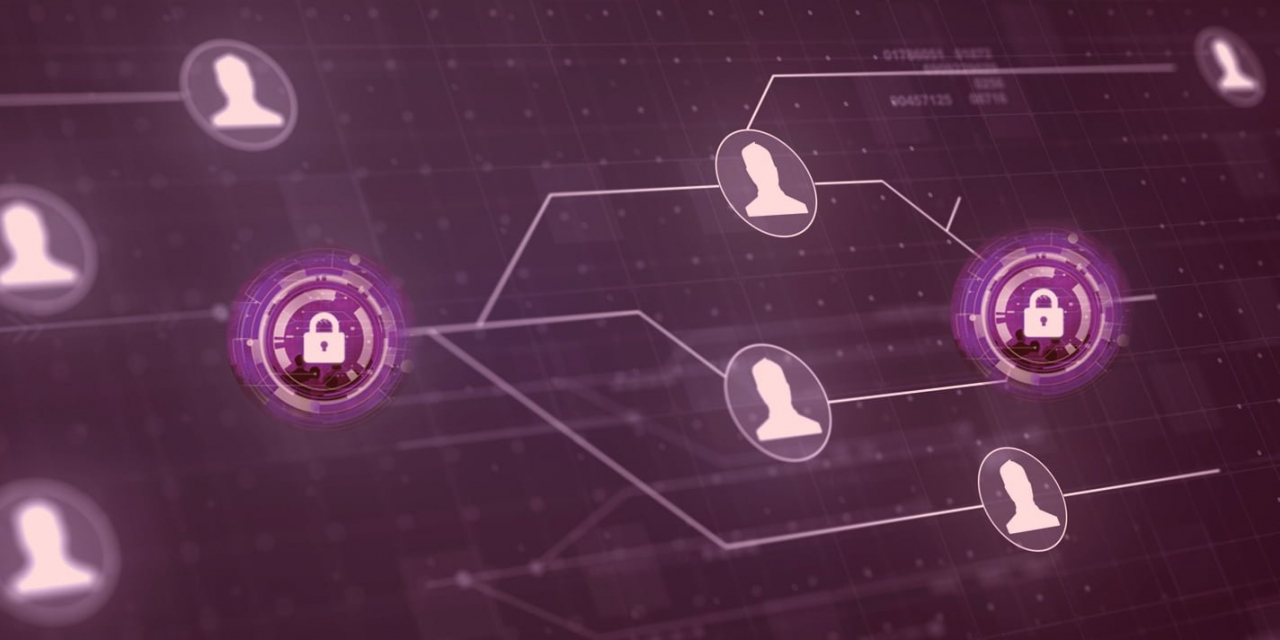Latest DevOps research provided guidance on how companies can improve security posture while releasing software, faster.
The 2019 State of DevOps Report, written by Puppet, CircleCI and Splunk Inc., revealed the importance of DevOps culture in driving positive security outcomes and posture.
The report highlighted patterns and practices that helped organizations integrate security into the software development lifecycle. It was found that teams at higher levels of DevOps evolution have automated their security policies, and they involve security experts in their organizations very early in the software development process – from the planning and design phases.
In Asia, only 30% of firms have reached a significant or full security integration, compared to 38% in Australia and New Zealand (ANZ), 43% in Europe and 38% in the Americas. These organizations had achieved not only the ability to ensure customer data stays safe but also faster product delivery to market.
Among some of the key findings in Asia:
Security doesn’t have to take a back seat to feature delivery.
Globally, firms at the highest level of security integration were able to deploy to production on demand at a significantly higher rate than firms at all other levels of integration — 61% are able to do so. Compared with other organizations that have not integrated security at all: Fewer than half (49 %) can deploy on demand.
In Asia, it was found that respondents were less likely to involve their security function when there is an ad hoc reported issue in production, during the requirements phase of the delivery cycle and the design phase of the delivery cycle as compared to their counterparts in Europe, the Americas, and ANZ. A likely reason could be due to the silo between security and development or that operations is greater in Asia than in other areas.
Cross-team collaboration builds confidence in an organization’s security posture.
Globally, 82% of surveyed respondents at firms with the highest level of security integration said that their security policies and practices significantly improved their firm’s security posture. In comparison with those respondents at firms with no security integration — just 38% had that level of confidence.
For organizations at any level of security integration, only about half of those that can deploy to production on demand actually do deploy on demand. They are roughly equally limited by their business needs and their technology and processes. This is consistent in Asia where more than half said that they are limited by their business needs (58%) and technology and processes (57%).
Time to remediate vulnerabilities did not dramatically decrease at higher levels of security integration but it did decrease slightly.
Globally, very few respondents were able to remediate vulnerabilities in less than one hour. Only 4% in Asia were able to remediate a critical vulnerability in less than one hour compared to 9% in Europe and 7% globally. In Asia, 41% of respondents were able to remediate in one day to less than one week compared to 33% of global respondents and 30% in Europe.
The ability to remediate critical security vulnerabilities within one day peaks for Germany (52%) and is lowest for Singapore (13%). One reason for this might be automation. In Singapore, there is still a relatively low degree of automation compared to other regions. The ability to remediate critical security vulnerabilities within a day is highly dependent upon a strong degree of automation, team autonomy and change processes that are as lightweight as possible.
The more security is integrated into the software delivery lifecycle, the more delivery teams see security as a shared responsibility.
Globally, firms who have integrated security throughout the lifecycle are more than twice as likely to be able to stop a push to production for a medium security vulnerability to ensure their customers are protected from the risk or releasing code that isn’t secure. France, Singapore and Australia/New Zealand were doing marginally more to integrate security in the planning, design and development phases, but differences across geographies are minimal.
There is huge potential for Asia to finetune its security practices and/or processes around containers.
Asia has a relatively high instance of containerized images with Singapore leading the pack at 73%, the highest globally compared to only 33% in the Americas. There are new security concerns when developers start adopting containers en masse within an organization and security practices and processes are still in their infancy stages.
Firms that have integrated security at all stages of delivery collaborate early, often and most importantly, deeply.
The survey revealed the top five practices that improved security posture were:
- Security and development team’s collaboration on threat models.
- Security tools integration in the development integration pipeline so engineers can be confident they’re not inadvertently introducing known security problems into their codebases.
- Security requirements, both functional and non-functional, as part of the product backlog.
- Security experts evaluate automated tests, and are called upon to review changes in high-risk areas of the code (such as authentication systems, cryptography, etc.).
- Infrastructure-related security policies are reviewed before deployment.
This report shows that integrating security from the earliest stages of software development is essential and drives business value.
The DevOps principles that drive positive outcomes for software development – culture, automation, measurement and sharing – are the same principles that drive security outcomes. We hope that this report can shed light for organisations in Singapore and the Asia region as they experiment with their existing team structure and prove that a new model can work without a major overhaul of the company to keep data safe and get products to market faster.
– Nigel Kersten, field CTO, Puppet
It shouldn’t be a surprise to anyone that integrating security into the software delivery lifecycle requires intentional effort and deep collaboration across teams. What did surprise me, however, was that the practices that promote cross-team collaboration had the biggest impact on the teams’ confidence in the organization’s security posture. Turns out, empathy and trust aren’t automatable.
– Michael Stahnke, VP of platform, CircleCI
This year’s report reinforces Splunk’s belief on how important it is to take a collaborative and integrated approach to service delivery. The 2019 State of DevOps Report proves that aligning Development, IT Operations, SRE, Incident Response, Security, and Business Analytics teams across organizations enables all stakeholders to deliver improved, more secure software services.
– Andi Mann, chief technology advocate, Splunk

















